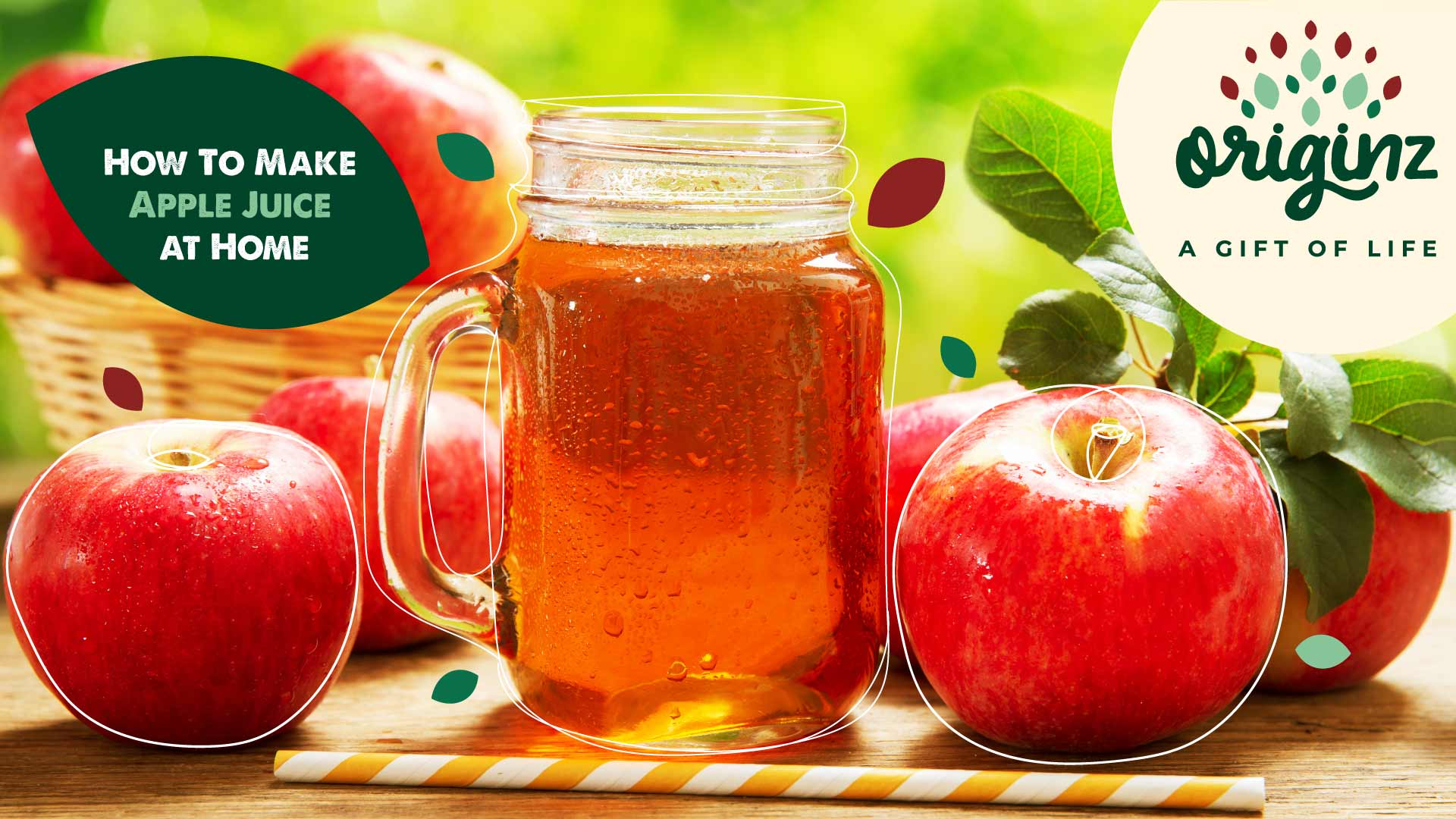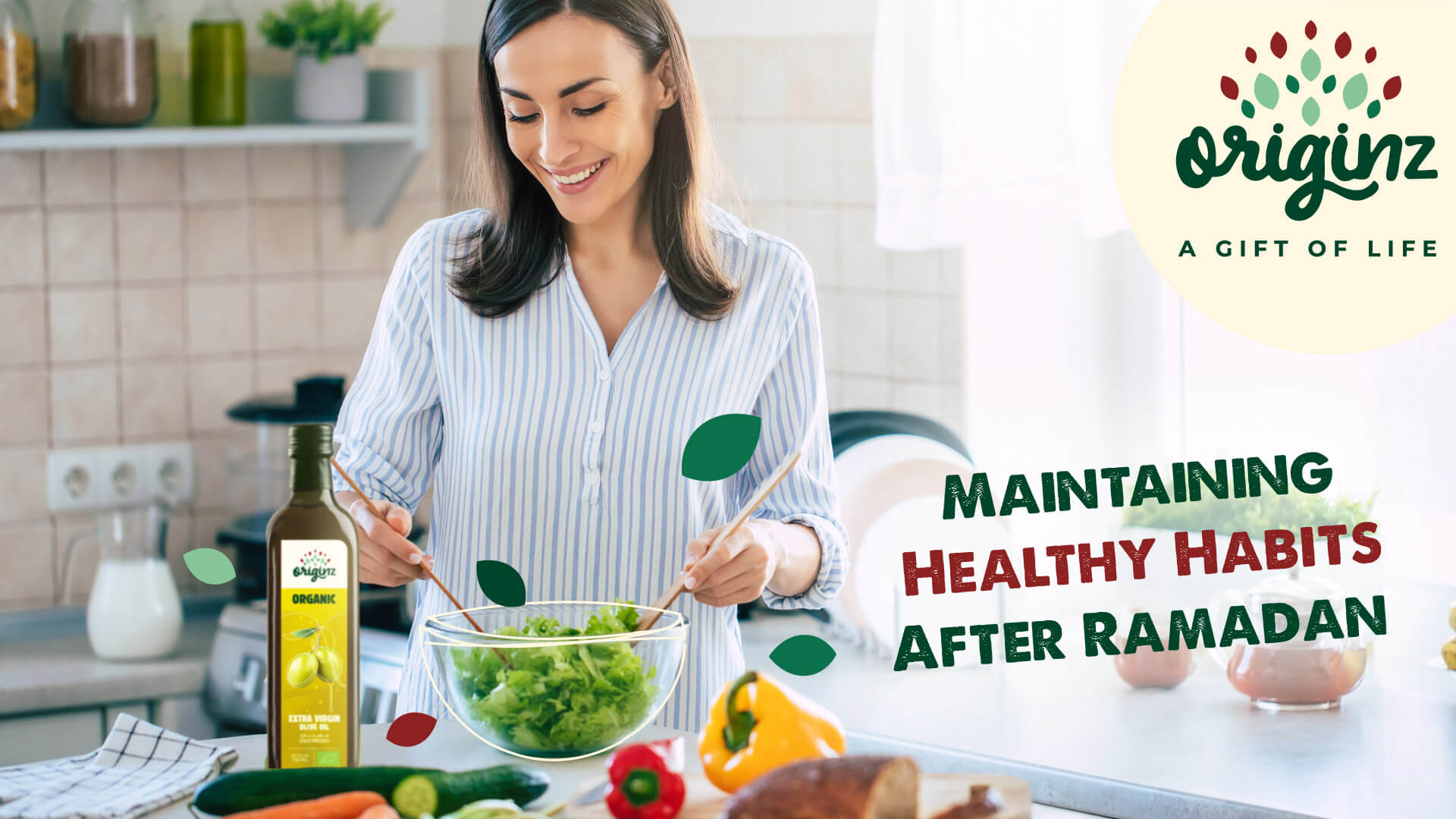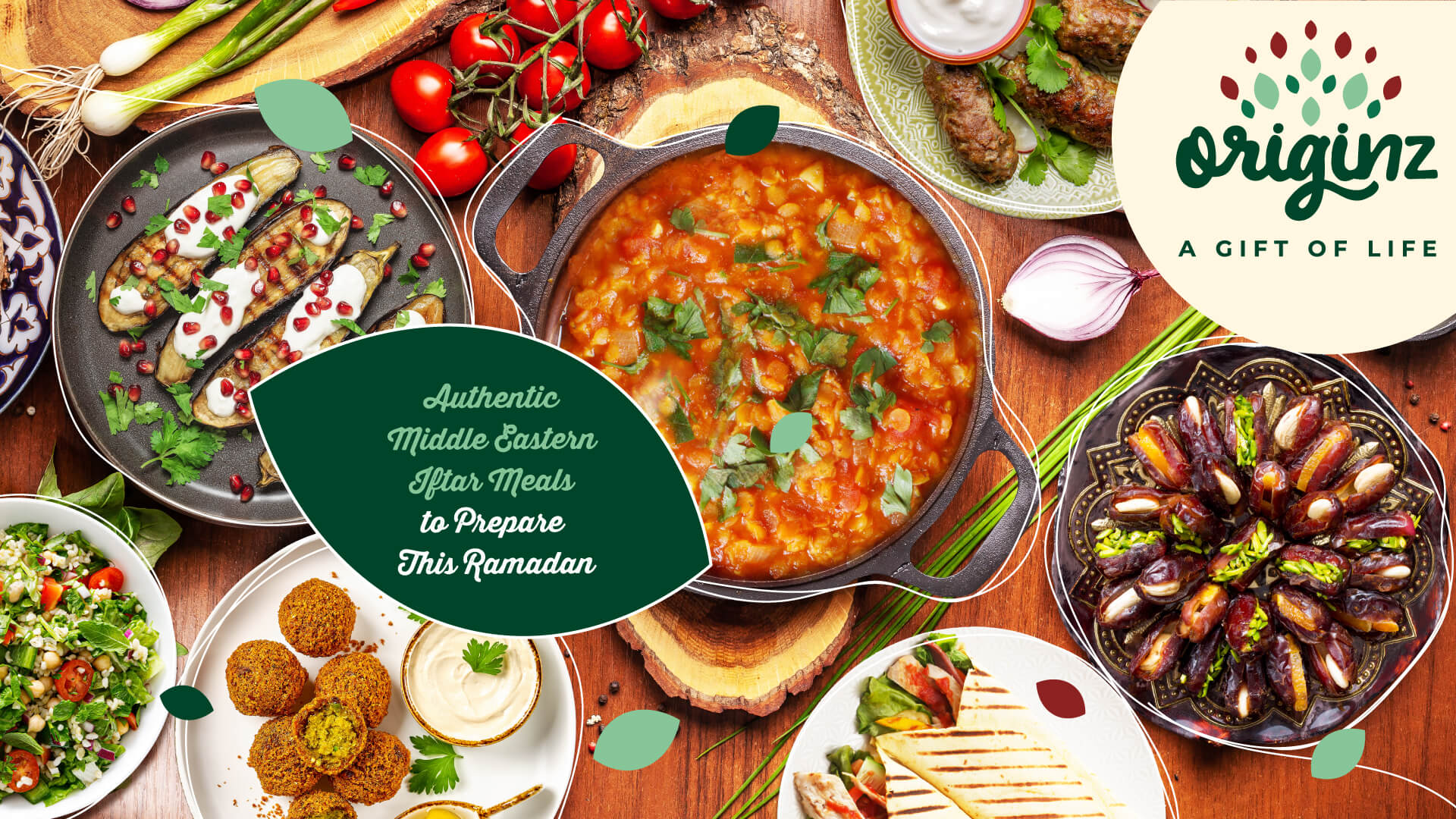
How to Make Apple Juice at Home
Many people the world over love the cool, refreshing taste of apple juice. It is one of the most popular juices in the world, not least because of how easy it is to make and how healthy it is for the body and mind. It also helps that it tastes amazing!
Unfortunately, many store-bought apple juices have added sugar, sweeteners and preservatives, which detract from the raw nutritional value of the juice. Choosing an organic apple juice such as Originz Apple Juice is one way to avoid added chemicals or added sugar. Another way, and possibly a more fun way, is to make your own apple juice. This blog will show you how to use what you have to prepare a tasty and wholesome apple juice drink from the comfort of your own home.
Ingredients
Around 6 to 8 medium sized apples – choose the freshest and ripest you can see, either from one variety or from a mix.
Water
Sugar (optional)
Lemon juice (optional)
Equipment
Corer
Peeler (optional)
Juicer or blender
Fine mesh strainer or cheesecloth
Large bowl
Jug or bottle for storage
Knife and cutting board
Method
Wash and prepare the apples, peeling them if you wish. Leaving the peels on adds flavour and nutrition.
Remove the cores and seeds, since they can be quite bitter.
Cut the apples into small pieces.
Blend or juice the apples. If blending, add a little water to help the apples blend easier.
Strain the juice through the mesh strainer or cheesecloth into the large bowl. You can use a spoon to press the apples through the strainer.
Time for taste testing. If it is too sour, you can add honey to sweeten it. You can also add a splash of lemon juice to enhance the flavour.
Transfer the juice to the jug or bottle, and store in the fridge.
Serve with ice and enjoy!
Health Benefits of Apple Juice
Apple juice, whether homemade or store-bought, offers many health benefits. However, making apple juice yourself ensures that you are involved in every step of the production process, meaning that you can be sure nutrients are coming straight from the apples to your cup. Here are a few of the many health benefits of apple juice.
Strong Nutritional Profile
Apple juice is a great source of many vitamins – mostly vitamin C, but also vitamins A, E, and K. These all help to keep your immune system in shape. While apples might not have as much vitamin C as other fruits such as kiwis or oranges, they also boast a high antioxidant content which keeps your cells from being damaged by free radicals.
Keeping your Organs Healthy
The compounds in apple juice help improve the function of various vital organs. The antioxidants in apple juice keep cholesterol levels down, which helps the heart stay in shape. Apple skins also contain lots of fibre, which aids digestion. The citrate content in apples has been seen to reduce the risk of developing kidney stones. Some research even suggests a link between apple juice and reduced asthma symptoms, but this needs further study to confirm.
Hydration and Metabolism
Apple juice is lower in calories than many other fruit drinks, which makes it a healthy choice for people looking to manage their weight. It also provides a flavourful way of increasing fluid intake, especially for children who might be picky about drinking plain water.
FAQs
Should I peel my apples before I make juice?
This is really a matter of personal preference. Leaving the peels on can give more nutrients and flavour, and peeling can leave you with a clearer, less cloudy juice. Experiment with both options and see which you prefer.
What type of apples are best for making apple juice?
Again, it comes down to personal preference. Many people say that sweeter, less tart apples, like Fuji, Gala, or Honeycrisp, make a more satisfying apple juice. You can even select apples that are a little past ripe for an even sweeter juice, but be careful to remove any bruised spots before you do.
How do I store my apple juice?
It is recommended that apple juice is stored in the fridge, so that it can stay unspoiled. You can also freeze apple juice such that it keeps for even longer. For more information on how to keep your apple juice at a good quality for a long time, see this blog.
Hopefully this blog has given you an insight into how simple the process of making high-quality apple juice can be. All you need are a few apples and some natural sweeteners, and you have an organic, wholesome drink full of health benefits that tastes so much better for having made it yourself. You may not even need to worry about keeping it in the fridge, as it’s sure to be gone before you know it!
Further Read,
Latest Blogs

Maintaining Healthy Habits After Ramadan
Have Ramadan healthy meals after Ramadan and maintain healthy food habits and implement them in your daily lives. Read more about healthy food habits.

Authentic Middle Eastern Iftar Meals to Prepare This Ramadan
Prepare some authentic middle eastern iftar meals this Ramadan. Look for fresh Ramadan food ideas and make your day memorable with these dishes. Check them out.

Ramadan Dishes to Cure Fasting Fatigue
Don’t worry about fasting fatigue anymore as we have listed some best Ramadan dishes and easy iftar meals to support your fasting journey. Check them out.

Eid-al-Fitr Feast: Delicious Recipes to Celebrate the End of Ramadan
Celebrate the end of Ramadan with delicious recipes on the eve of Eid ul Fitr. Read more about the traditional Ramadan recipes and make them easily.